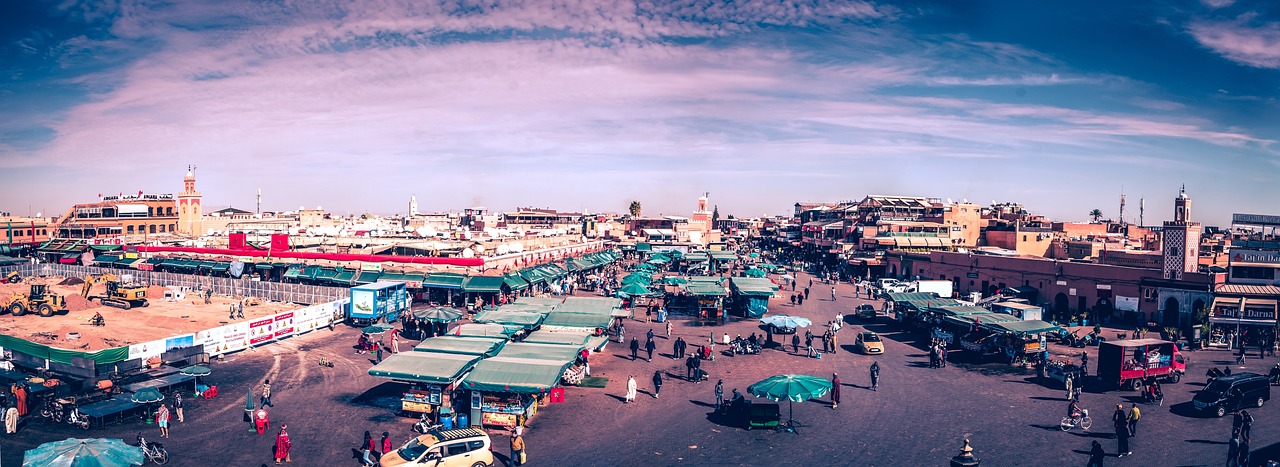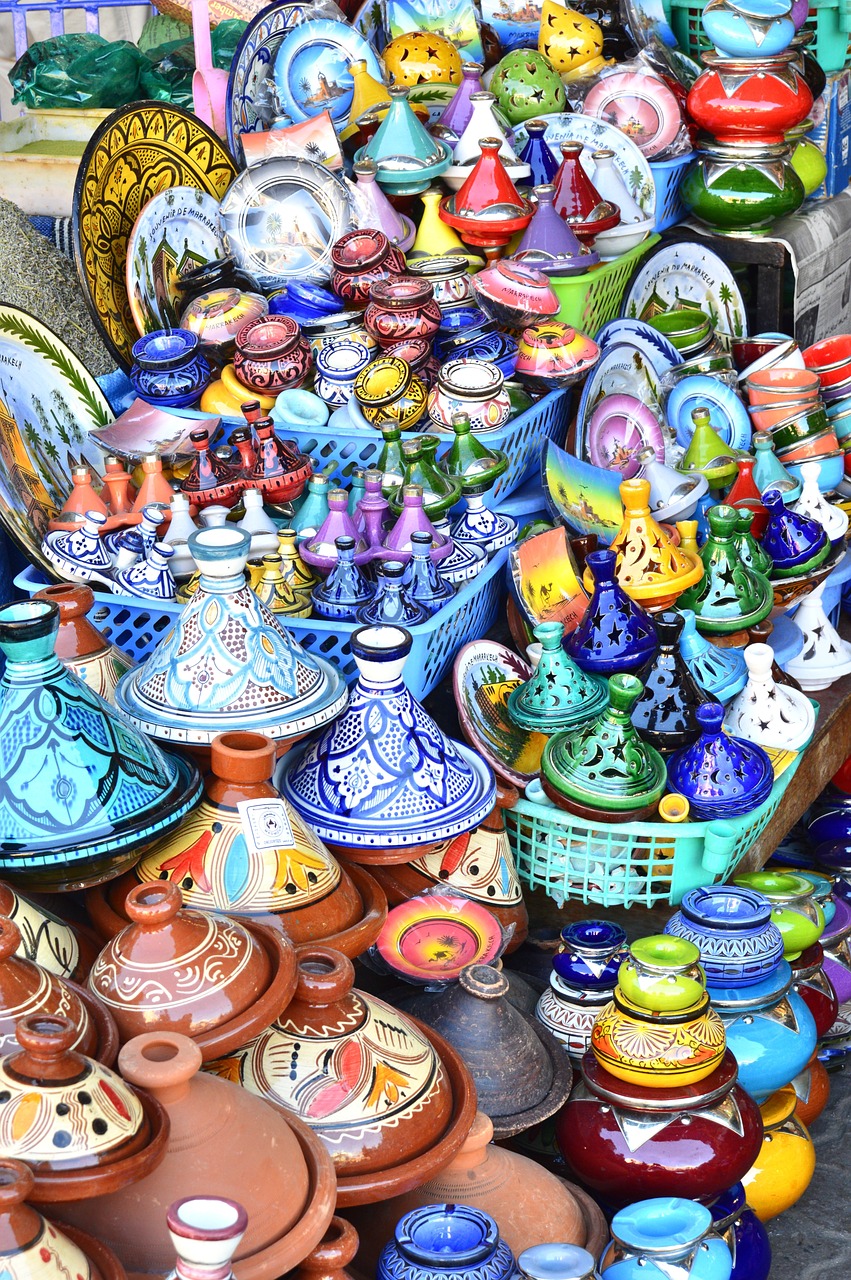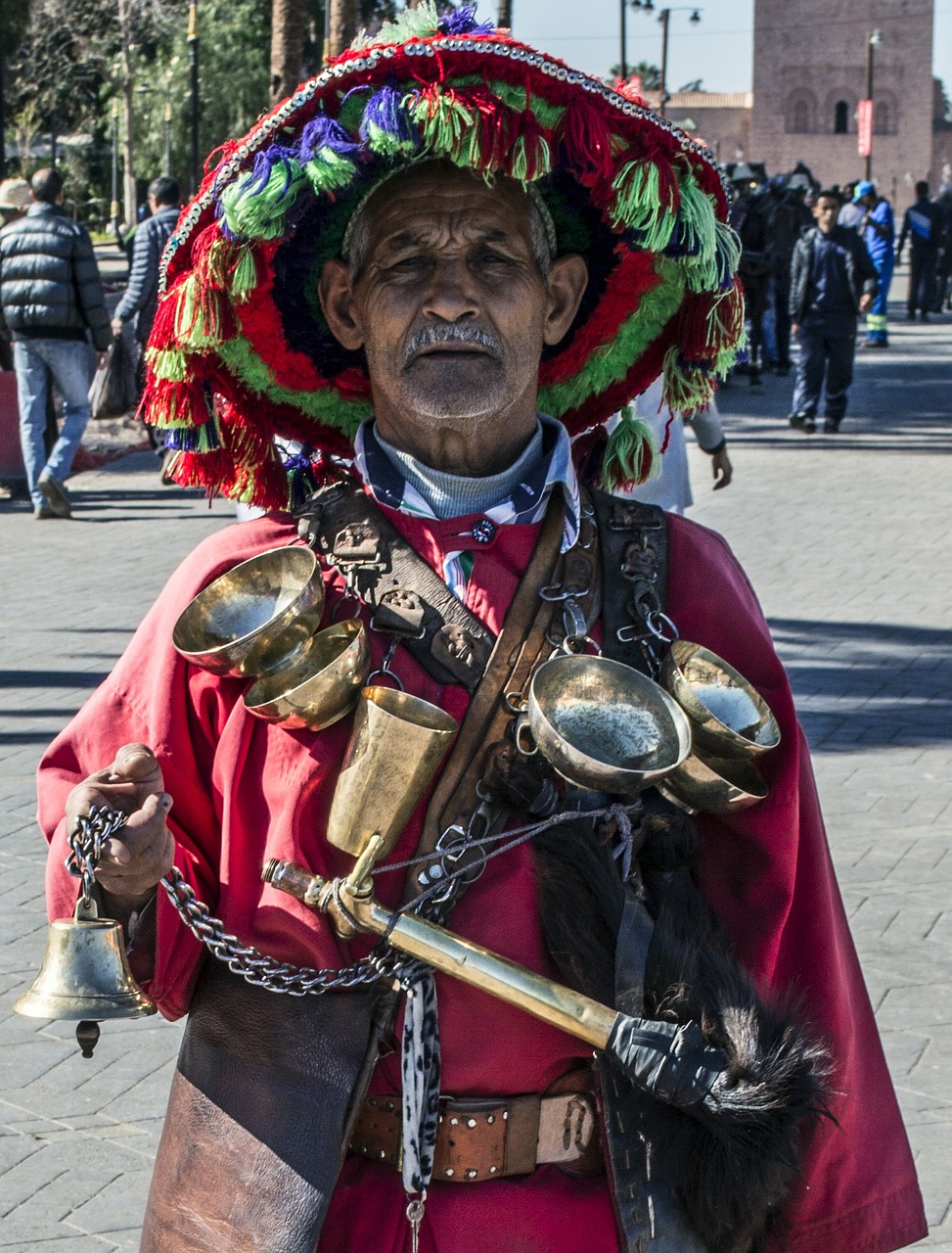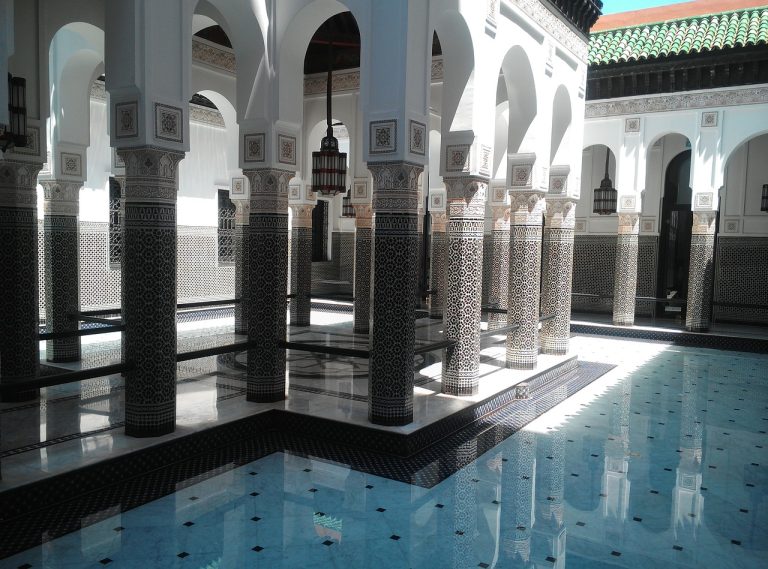Marrakesh Morocco Video
Historical Treasures of Marrakesh Morocco: Reliving the Past
Marrakesh, the vibrant city in Morocco, is not only known for its bustling markets and colorful culture but also for its rich historical treasures. With a history dating back centuries, Marrakesh is home to numerous landmarks and sites that offer a glimpse into its fascinating past. From ancient palaces to historic mosques, exploring the historical treasures of Marrakesh is like stepping back in time. In this article, we will delve into ten sections, each highlighting a unique aspect of Marrakesh’s historical heritage.
Medina of Marrakesh
- Majestic City Walls: The Medina of Marrakesh is surrounded by impressive city walls that stretch for over 12 miles. These walls were built in the 12th century and served as a protective barrier for the city.
- Historic Gates: The Medina is accessed through several historic gates, each with its own unique design and significance. The most famous gate is Bab Agnaou, known for its intricate carvings and grandeur.
- Souks: The narrow streets of the Medina are lined with vibrant souks, or markets, where locals and tourists alike can find a variety of goods, including spices, textiles, and handicrafts.
- Koutoubia Mosque: Standing tall in the heart of the Medina, the Koutoubia Mosque is a symbol of Marrakesh. With its impressive minaret reaching a height of 253 feet, it is the largest mosque in the city.

Ben Youssef Madrasa
- Islamic Learning Center: Ben Youssef Madrasa was once a prominent Islamic learning center, attracting students from different parts of the world. It was established in the 14th century and served as a school until the 20th century.
- Architectural Beauty: The madrasa showcases stunning Islamic architecture, with intricate tilework, carved cedar wood, and beautiful courtyard gardens.
- Historical Significance: Many notable scholars and intellectuals have studied and taught at Ben Youssef Madrasa, making it an important institution in the history of Marrakesh.
- Exhibition: Today, the madrasa has been transformed into a museum, where visitors can explore its history and admire the exquisite craftsmanship.
Bahia Palace
- Grand Residence: Bahia Palace was built in the late 19th century as a residence for the grand vizier of Marrakesh. It showcases the opulent lifestyle of the Moroccan elite during that period.
- Architectural Marvel: The palace features stunning architecture, with intricate tilework, carved ceilings, and beautiful gardens. Its name, Bahia, means “brilliance,” and it truly lives up to its name.
- Historical Rooms: Visitors can explore the palace’s various rooms, including the grand courtyard, harem quarters, and reception halls, which are adorned with exquisite decorations.
- Garden Oasis: The palace is surrounded by lush gardens filled with citrus trees, cypress trees, and fragrant flowers, providing a serene escape from the bustling city.

Saadian Tombs
- Hidden Discovery: The Saadian Tombs were rediscovered in 1917 after being sealed off for centuries. They are the final resting place of members of the Saadian dynasty, which ruled Marrakesh in the 16th century.
- Architectural Splendor: The tombs feature intricate decorations, including colorful tiles, marble columns, and delicate carvings. The craftsmanship reflects the richness of Moroccan art and design.
- Chamber of the Twelve Columns: One of the highlights of the Saadian Tombs is the Chamber of the Twelve Columns, where the Saadian rulers and their family members are laid to rest.
- Historical Importance: The discovery of the tombs shed light on an important period in Marrakesh’s history and provided valuable insights into the Saadian dynasty.
Marrakesh Museum
- Cultural Repository: Housed in the former Dar Menebhi Palace, the Marrakesh Museum is dedicated to preserving and showcasing Moroccan art and culture.
- Exhibition: The museum’s collection includes a wide range of artifacts, including ceramics, textiles, jewelry, and traditional Moroccan costumes, providing visitors with a comprehensive understanding of the country’s heritage.
- Historic Palace: The Dar Menebhi Palace itself is a remarkable example of Moroccan architecture, with its intricately carved wooden ceilings, stunning courtyards, and ornate fountains.
- Contemporary Art: In addition to traditional art, the museum also features contemporary Moroccan artists, reflecting the vibrant and evolving art scene in Marrakesh.

El Badi Palace
- Ruins of Grandeur: El Badi Palace, meaning “the incomparable,” was once a lavish palace built by Sultan Ahmad al-Mansur in the 16th century. Today, only the ruins remain, but they still evoke a sense of its former grandeur.
- Historical Significance: The palace served as a symbol of power and wealth during the Saadian dynasty. It hosted extravagant ceremonies and receptions.
- Visitors’ Experience: Exploring the ruins of El Badi Palace allows visitors to imagine its former glory and understand the architectural and cultural legacy of the Saadian period.
- Sunken Gardens: One of the notable features of the palace is its sunken gardens, which were once adorned with exquisite plants, fountains, and pavilions.
Majorelle Garden
- Tropical Paradise: Majorelle Garden is a botanical oasis in the heart of Marrakesh, created by French painter Jacques Majorelle in the 1920s. It features a stunning collection of exotic plants and vibrant blue buildings.
- Artistic Haven: Majorelle Garden also houses the Islamic Art Museum of Marrakesh, displaying a collection of North African textiles, ceramics, and jewelry.
- Yves Saint Laurent Connection: The garden was later owned by fashion designer Yves Saint Laurent and his partner, Pierre Bergé. They restored and preserved the garden, making it a popular attraction today.
- Peaceful Escape: Visitors can stroll through the garden’s winding paths, relax by the tranquil pools, and immerse themselves in the beauty of nature.
Menara Gardens
- Scenic Retreat: Menara Gardens is a peaceful retreat located just outside the city walls of Marrakesh. It offers stunning views of the Atlas Mountains and features a large reflective pool.
- Historical Pavilion: At the center of the gardens is a pavilion built in the 16th century, which served as a summer residence for the sultans of Marrakesh.
- Leisure Activities: The gardens provide a perfect spot for picnics, leisurely walks, and enjoying the serene atmosphere away from the bustling city center.
- Olives Groves: The gardens are surrounded by olive groves, adding to the picturesque landscape and providing shade during the hot summer months.
Ali Ben Youssef Medersa
- Religious School: Ali Ben Youssef Medersa was once one of the largest Islamic theological colleges in North Africa. It played a significant role in religious education during the Saadian dynasty.
- Architectural Splendor: The medersa showcases intricate stucco carvings, geometric tilework, and a peaceful courtyard, reflecting the beauty of Moroccan architecture.
- Student Quarters: Visitors can explore the former student quarters, which consisted of small cells where students lived and studied.
- Cultural Heritage: Ali Ben Youssef Medersa stands as a reminder of the intellectual and cultural achievements of the Saadian period and the importance of education in Moroccan society.
El Bahia Palace
- Architectural Gem: El Bahia Palace, meaning “the beautiful,” is a stunning example of Moroccan architecture. It was built in the late 19th century and showcases exquisite craftsmanship.
- Grand Courtyards: The palace features beautiful courtyards with ornate fountains, lush gardens, and intricate tilework.
- Opulent Interiors: El Bahia Palace’s rooms are adorned with intricate plasterwork, painted ceilings, and colorful zellij tilework, providing a glimpse into the luxurious lifestyle of the Moroccan elite.
- Historical Significance: The palace served as a residence for the grand vizier and his harem, playing a significant role in the political and social life of Marrakesh.
Conclusion
Exploring the historical treasures of Marrakesh allows visitors to immerse themselves in the city’s rich past and experience the grandeur of its architectural wonders. From the ancient walls of the Medina to the opulence of the palaces and the tranquility of the gardens, Marrakesh offers a journey through time. Whether it’s wandering through the colorful souks, admiring the intricate tilework, or learning about Moroccan art and culture, Marrakesh’s historical treasures have something to captivate every traveler.
References
- moroccoworldnews.com
- visitmorocco.com
- lonelyplanet.com
- timeout.com






